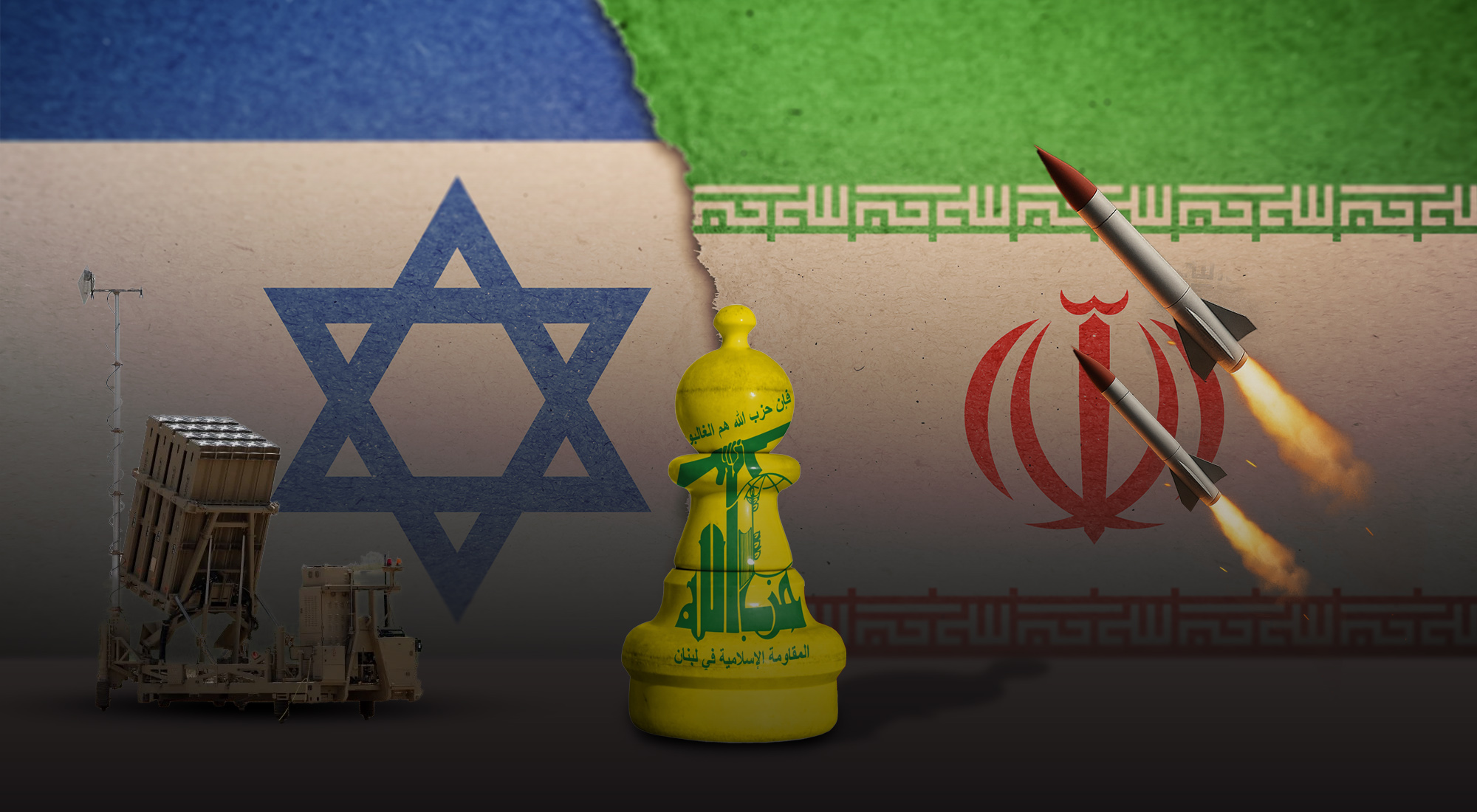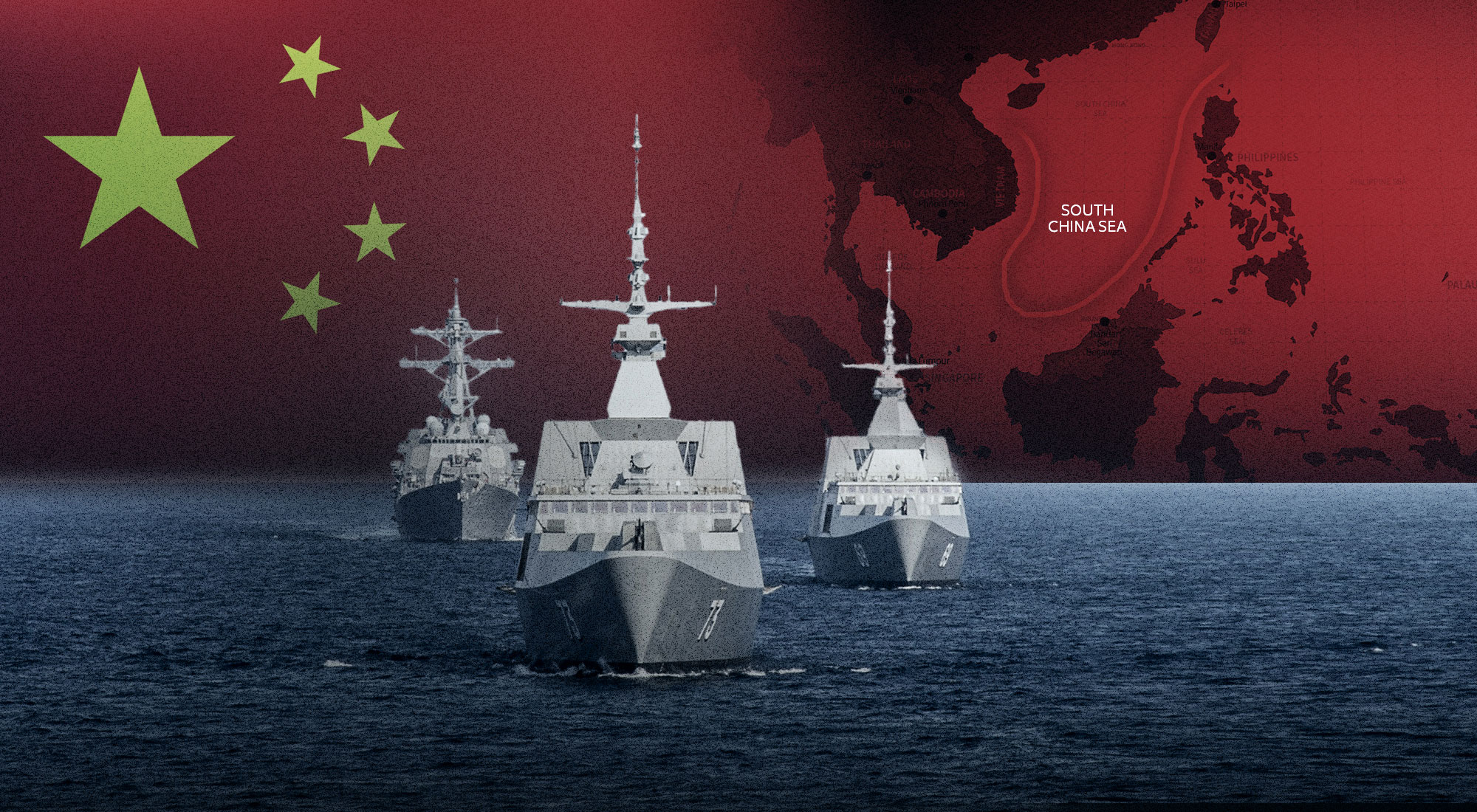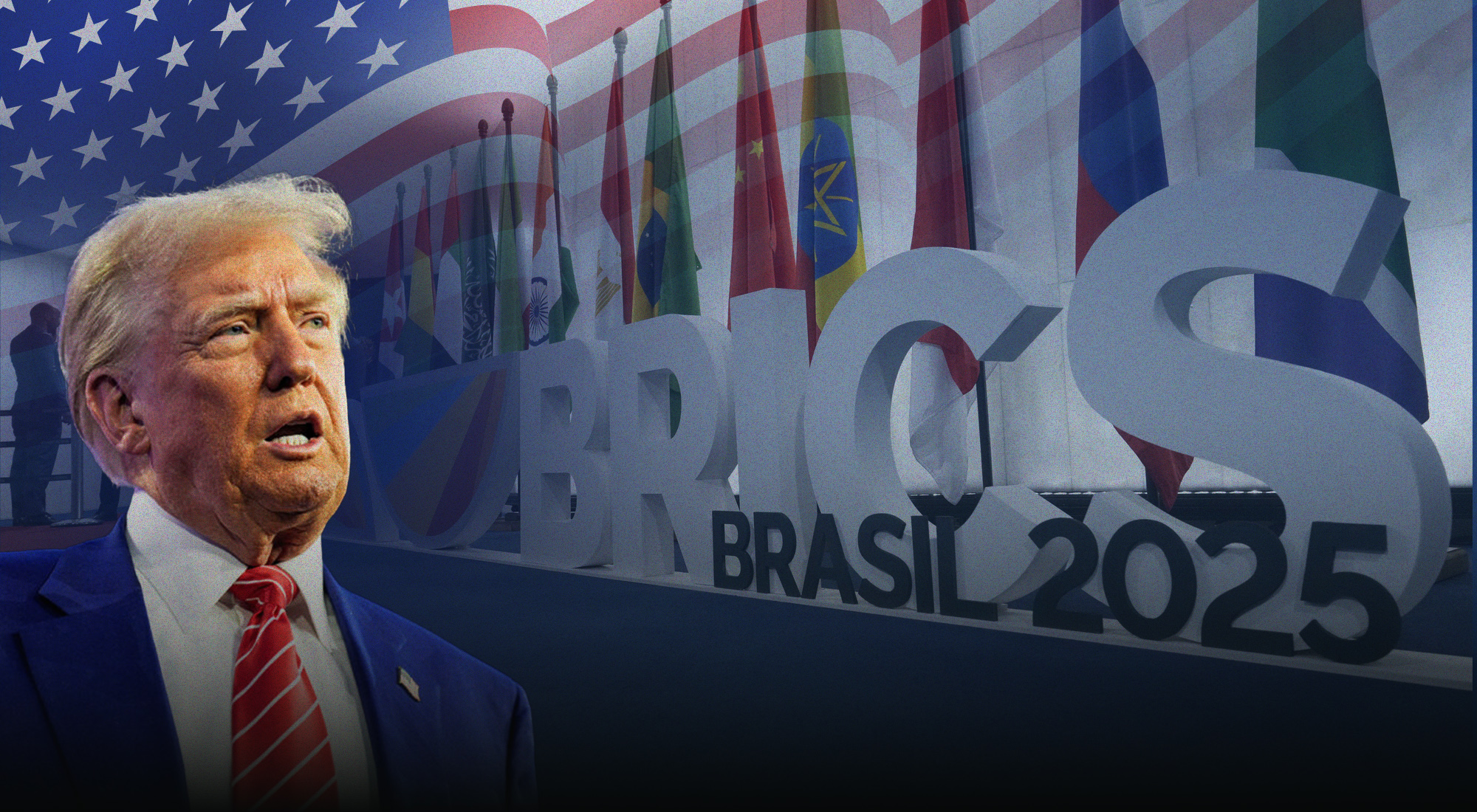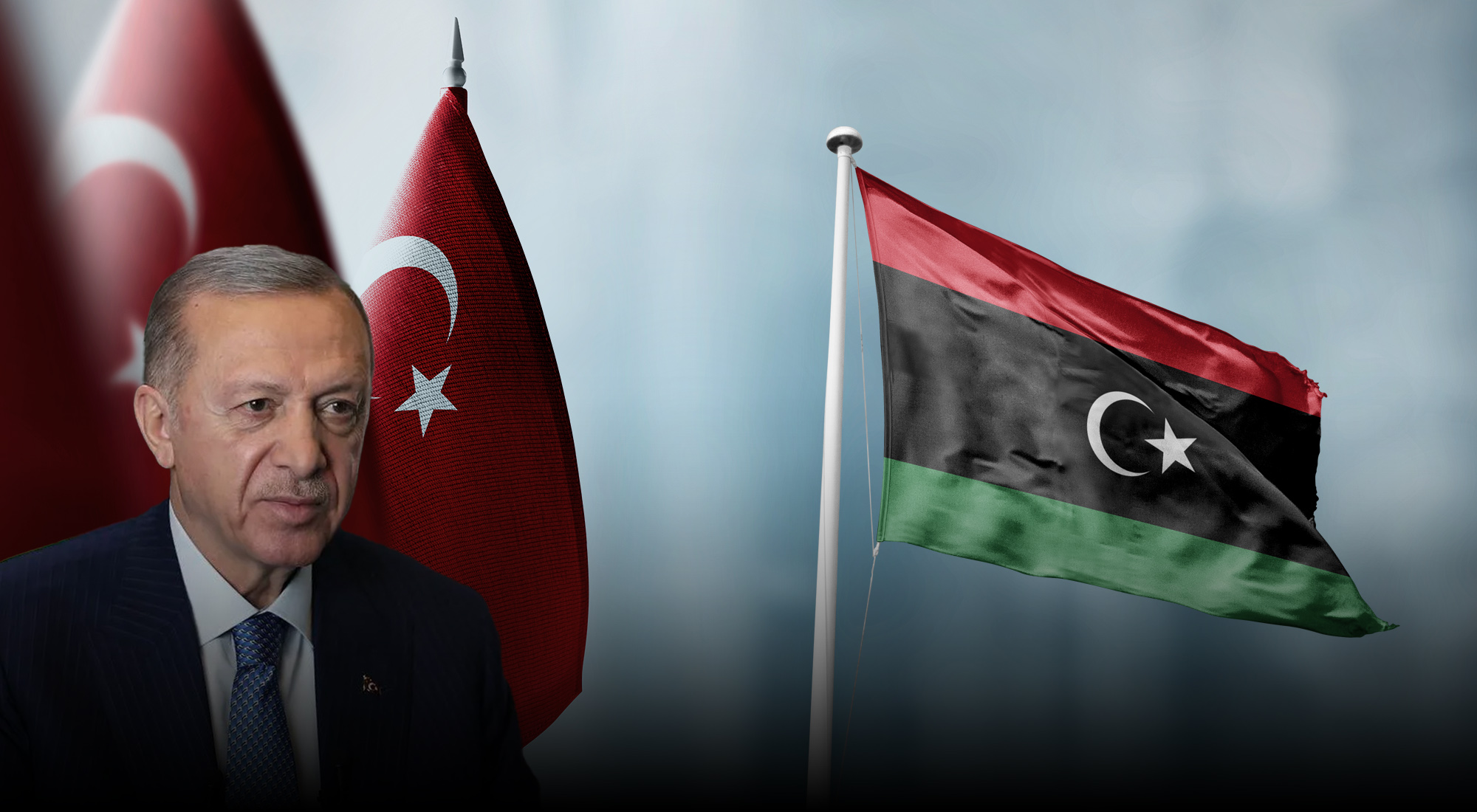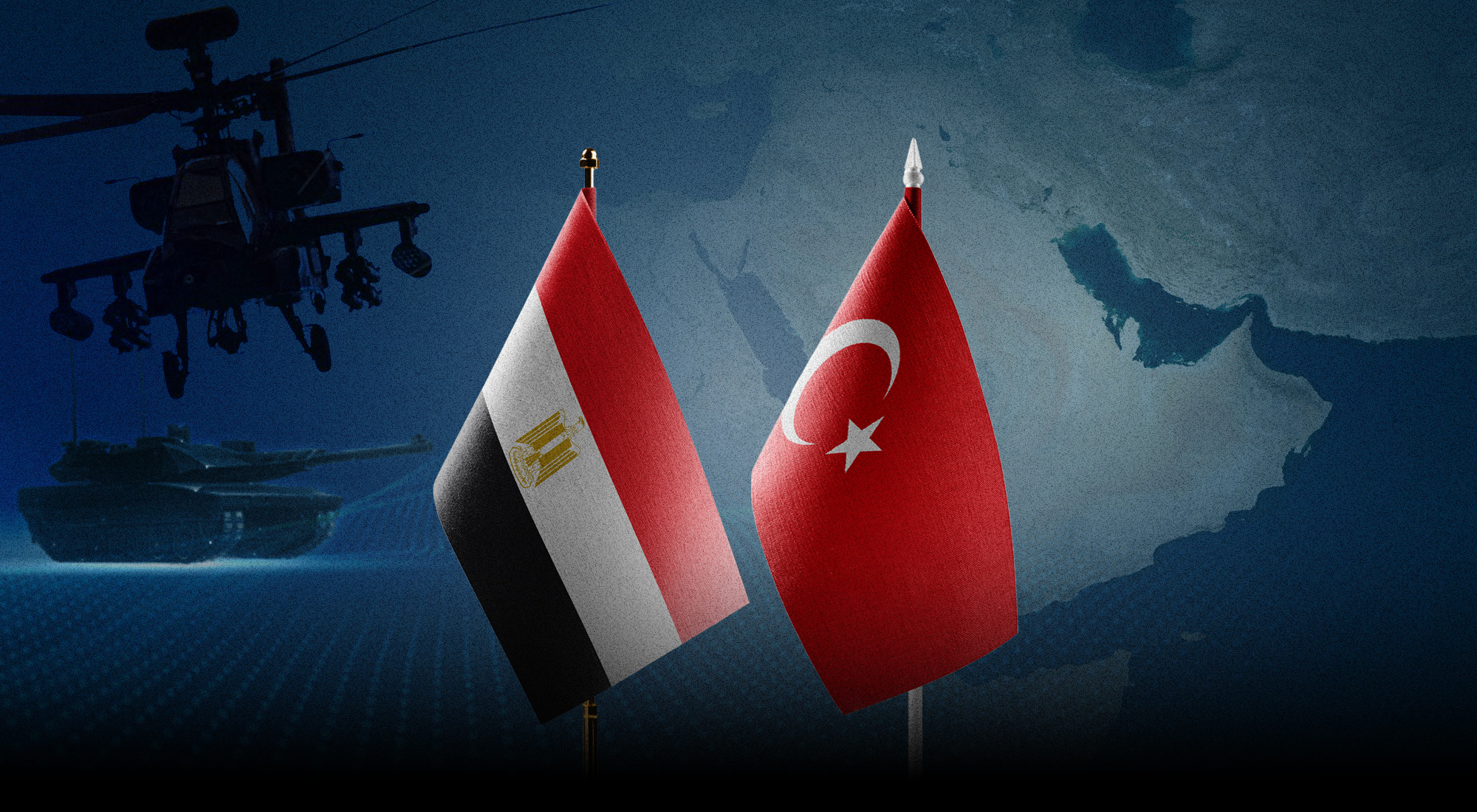President Donald Trump’s surprise announcement of a ceasefire between Israel and Iran may cap an unprecedented 12 days of conflict in which Iran stood alone against the combined aerial might of the Israeli and U.S. air forces. The conflict wreaked damage on Iran’s nuclear facilities and military facilities along with the deaths of top commanders in the Iranian Revolutionary Guard Corps. Israel also received some blows in the form of salvos of Iranian ballistic missiles, most of which were intercepted by Israel’s air defense systems. But some projectiles evaded the air defenses and caused casualties and material damage across the country.
Tellingly, Iran’s allies in the so-called “axis of resistance” generally stood to one side, limiting their support to statements of solidarity with Iran and condemnation of the Israeli and U.S. actions. Hezbollah’s reticence, in particular, was interpreted as a sign that the recent 11-month war with Israel had debilitated the organization to the extent that it could no longer muster an effective military response to the attack on its patron, Iran. In addition, Israel’s upper hand, in which it is striking Hezbollah targets in Lebanon with impunity on a near-daily basis, the ceasefire notwithstanding, suggests that the Iran-backed organization has been cowed and is unable to retaliate to defend itself, let alone come to the assistance of Iran.
There is some truth in these assertions. But the main reasons for Hezbollah’s forbearance were rooted more in the nature of deterrence as well as the paradox with which the organization has had to contend for the past two decades—the struggle to balance its ideological obligations to the Iranian clerical leadership with its parochial responsibilities to its Shia constituency in Lebanon.
From May 2000, when Israel withdrew from an occupied strip in south Lebanon, Iran steadily built up Hezbollah’s military capabilities, transforming it from a lightly armed guerrilla force of a few thousand fighters into a standing army numbering tens of thousands, many of them battle-hardened combatants, equipped with an array of sophisticated weaponry capable of reaching all parts of Israel.
Iran’s intention in investing hundreds of millions of dollars in its Lebanese proxy was in part to build Hezbollah into being a key component of its deterrence architecture. Any country considering attacking Iran—whether to destroy its nuclear ambitions or to effect regime change—had to take into account the likely response of the heavily armed Hezbollah deployed in Lebanon.
However, when Israel launched an unprecedented wave of attacks against Iranian nuclear and military facilities on 13 June, there was no reaction from Hezbollah beyond statements condemning the “aggression” and supporting Iran “in any steps and measures it takes to defend its choices.” Similarly, when the U.S. joined the aerial assault by striking the Fordow, Natanz and Isfahan nuclear facilities on 21 June, Hezbollah offered condemnation, but the group’s remaining missiles stayed in the bunkers.
One reason why Hezbollah stayed out of the fight is due to the nature of deterrence. The strategic intent behind building up Hezbollah’s military capabilities was that it should deter Iran’s opponents from wielding the military option against Iran out of concern over the potential backlash. In other words, Hezbollah’s martial strength was supposed to remain a latent threat, a disincentive, not one to be physically employed. If, however, Iran’s enemies, Israel for example, chose to attack anyway, then the policy of deterrence would have failed. In such an event, the Iranian leadership then would have to make a decision whether or not to unleash Hezbollah as part of its retaliation. That decision would likely be determined by the level of impact from the attack. If the Iranians concluded that the attack set back the nuclear program by six months, or a year or two, and that the regime faced no existential threat, then there would be little need to call upon Hezbollah. Hezbollah in this context was a one-shot option. In this scenario, if Hezbollah attacked Israel full force as part of Iran’s retaliation, it would have triggered a major war with no guarantees that in the aftermath Hezbollah would have been able to rearm and reequip to the same extent as before, or greater, to continue serving as a factor of Iranian deterrence.
The situation has changed in some respects today given Hezbollah’s weakened status from the recent war, but the fundamentals remain much the same. Hezbollah still retains sufficient capacity to inflict damage on the Israeli home front should it choose to do so. But from the Iranian perspective—as things stood—it served no purpose for Hezbollah to join the fight and likely lose whatever was left of its military strength.
Another reason—one that the Iranians certainly would have taken into consideration—is that Hezbollah is no longer an isolated actor in Lebanon that can act unilaterally without consequence, much as it could during the chaotic years of Lebanon’s 1975-1990 civil war. Hezbollah, today, has obligations, primarily to its Shia constituency. It needs the continued support of the Shia community in order to survive. To that end, since the early 1990s, Hezbollah has sought to win the support of the overwhelming majority of Lebanese Shias by providing services through its extensive social welfare apparatus, and by securing and protecting their interests via a parliamentary presence since 1992 and with seats in government for the past two decades. Binding the Shia community to the party helps protect and sustain what Hezbollah calls its “resistance priority”, the ability to maintain an autonomous military capability independent of the Lebanese state. Hezbollah’s political alliances with fellow Shia Amal Movement in 2005 and the Christian Free Patriotic Movement the following year served the same purpose. However, the deeper Hezbollah has embedded into the Lebanese polity, the more constraints it faces in wielding its “resistance priority”, whether for the benefit of Iran or for other reasons. For example, in the 1990s, when Israel was occupying south Lebanon, there was unanimity between Iran’s leadership and Lebanese Shias in supporting Hezbollah’s resistance activities. But after Israel withdrew from Lebanon in 2000, Hezbollah had to begin working to justify its subsequent martial actions, whether the 2000-2006 campaign against Israeli troops in the Shebaa Farms, the 2006 war with Israel, the controversial 2012 intervention into Syria on behalf of the Assad regime, and finally the launching in October 2023 of a “support front” along the Lebanon-Israel border for the benefit of Hamas in Gaza.
The latter choice backfired spectacularly, dragging Lebanon into an unwanted war that decimated the party’s top leadership, caused billions of dollars of damage, and left Israeli troops occupying parts of the southern border district and maintaining a narrow buffer zone on Lebanese territory.
These domestic obligations alone were powerful incentives for Hezbollah to remain on the sidelines of the Israel-Iran confrontation, irrespective of the principles of deterrence and despite the organization still possessing significant military capabilities.
Israel’s prosecution of its 2023-2024 war against Hezbollah was focused on the party’s assets; Lebanese infrastructure, unlike in the 2006 war, was not deliberately targeted. If Hezbollah had joined Iran in rocketing Israel from 13 June, the Israelis would likely have staged mass aerial attacks against not only Hezbollah targets but, against Lebanese infrastructure as well. The Lebanese government is already mulling how to secure funds for the latest post-war reconstruction and certainly would not welcome a wave of punishing air strikes against the country’s dilapidated infrastructure. Furthermore, if Hezbollah were to reopen the front with Israel as a gesture of support for Iran, the backlash in Lebanon would be profound from all communities, including many Shias. So far, Hezbollah has turned the other cheek to Israel’s daily attacks against its personnel and assets, adopting what it calls “strategic patience”. Yet nothing would have demonstrated more clearly to a Lebanese audience Hezbollah’s subservience to Iran if it had abandoned its policy of “strategic patience” and resumed combat operations against Israel in a quixotic and self-destructive bid to come to the defense of a country lying nearly 1,000 kilometers to the east.
If the ceasefire holds, it may provide some breathing room for Hezbollah, with Iranian support, to continue a process of reconstituting the Islamic Resistance. The party appears to be undergoing a process of adjustment to reflect the lessons learned from the war with Israel and the current realities it faces. These changes appear to include a move to lower its visible footprint, streamline the organization by reducing the size of its fighting component, and a continued attempt to root out networks of collaborators that so bedeviled the party in the recent war. There has been some talk of a “correctional movement” within the party, a back-to-basics shift that could see younger cadres, still motivated by ideological zeal and battle-hardened from the lengthy Syria campaign, promoted to replace some of the older, more jaded commanders and leaders, although this has yet to be confirmed.
Still, considerable challenges remain. The Lebanese government has vowed to bring all arms under the control of the state by year’s end, including those of Hezbollah and various Palestinian factions. Furthermore, the Iranians and Hezbollah have lost a key ally in Syria following the collapse of the regime of Bashar al Assad in December 2024. Not only have Iran and Hezbollah lost Syria as a source of strategic depth and a vital conduit for the transfer of weaponry, but they have also gained an implacable enemy in Syria’s new ruler, Ahmad al Sharaa. Only eight years ago, Sharaa, under his then nom de guerre Abu Mohammed al Julani, was proudly taking credit for Jabhat al Nusra (forerunner to Hayat Tahrir ash Sham) suicide bombings in Shia-populated areas of Lebanon. In December 2013, he told Al Jazeera that his group had entered Lebanon “in order to protect Lebanon’s Sunnis from the [violence] of Hezbollah.” Small wonder, then, that despite all the furor over the Israel-Iran conflict and the ongoing daily Israeli attacks against Hezbollah, the party is looking at Lebanon’s eastern border with Syria with as much attention as it is Lebanon’s southern border with Israel.
Nicholas Blanford is a senior advisor with TRENDS US and an internationally recognized expert on military affairs in the Middle East and particularly Lebanese Hezbollah’s evolving military activities, which have remained a focus of his work for nearly three decades.



